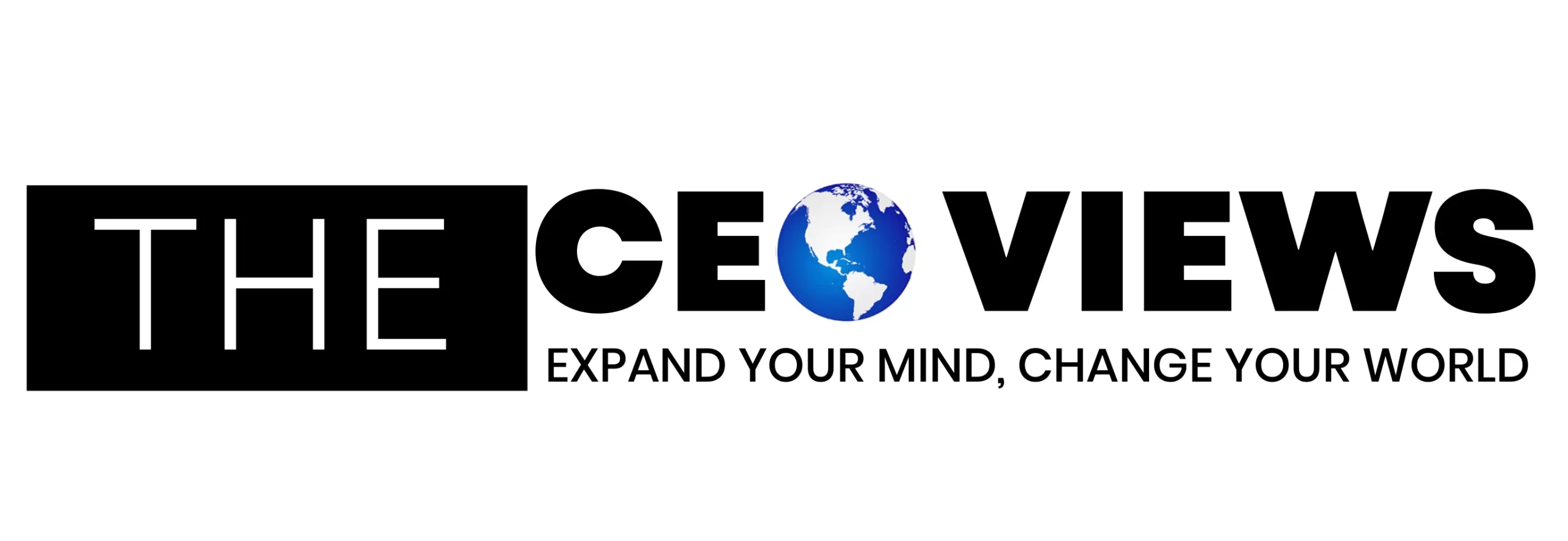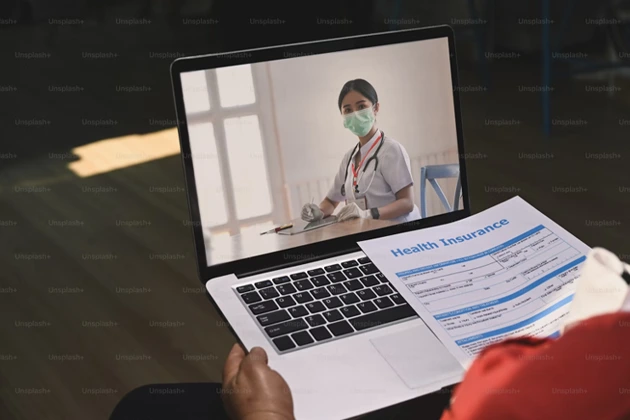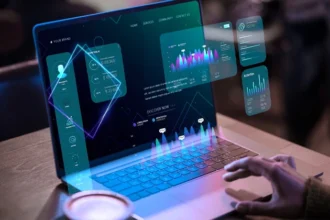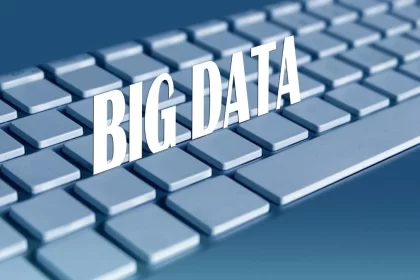In today’s digital era, healthcare is rapidly evolving, and one of the most groundbreaking advancements is the development of remote patient monitoring (RPM) solutions. These systems empower healthcare providers to monitor and manage patients’ health outside traditional clinical settings. The role of a remote patient monitoring software development company in creating these technologies is pivotal. Let’s dive into the significance of RPM solutions, their benefits, and how specialized development companies contribute to shaping the future of healthcare.
What Is Remote Patient Monitoring?
Remote Patient Monitoring involves the use of digital technology to collect health-related data from individuals in one location and electronically transmit it to healthcare providers in another. This enables clinicians to track vital signs, chronic conditions, or treatment progress without needing in-person visits.
Examples of metrics collected through RPM include:
- Blood pressure.
- Blood sugar levels.
- Heart rate and rhythm.
- Oxygen saturation.
- Weight and physical activity levels.
By leveraging these data points, healthcare providers can make informed decisions in real time, enhancing patient outcomes and reducing healthcare costs.
Why Is Remote Patient Monitoring Important?
Remote patient monitoring (RPM) plays a transformative role in modern healthcare, making it an essential tool for improving patient outcomes and optimizing resources. Firstly, it enhances access to care by enabling doctors to monitor patients regardless of their geographic location, a significant advantage for rural or underserved communities. Secondly, RPM empowers healthcare providers to proactively manage chronic conditions such as diabetes, hypertension, or asthma, reducing the likelihood of severe complications. Thirdly, it minimizes the need for frequent in-person visits, offering convenience for patients and reducing the burden on healthcare facilities. Additionally, RPM significantly cuts healthcare costs by preventing hospital readmissions and emergency visits, focusing on preventative care instead. For patients, the ability to track their health metrics in real time fosters greater engagement and adherence to treatment plans. The integration of AI and data analytics in RPM systems allows for early detection of anomalies, enabling timely interventions. Furthermore, it provides peace of mind for families and caregivers, knowing that their loved ones are being monitored closely. Beyond individual benefits, RPM supports public health efforts by gathering anonymized data that can inform healthcare strategies and policies. Lastly, as healthcare continues to embrace digital transformation, RPM exemplifies how technology can bridge gaps and improve the overall efficiency of the system. In essence, RPM is not just a tool—it’s a critical step toward a more connected, patient-centered future in healthcare.
The Role of a Remote Patient Monitoring Software Development Company
Developing RPM solutions is no small feat. It requires expertise in healthcare, software engineering, and regulatory compliance. A remote patient monitoring software development company specializes in building custom software tailored to healthcare organizations’ needs. Here’s how these companies contribute:
1. Customizable Solutions
Every healthcare provider has unique requirements, whether it’s integrating specific wearable devices or developing user-friendly dashboards. Software development companies create tailored RPM platforms that align with these needs.
2. Seamless Integration
RPM software must seamlessly integrate with existing Electronic Health Records (EHR) systems. Development companies ensure that data from RPM devices is securely and accurately synchronized with EHR systems for efficient workflows.
3. Data Security and Compliance
Healthcare data is sensitive and subject to stringent regulations such as HIPAA (Health Insurance Portability and Accountability Act) in the US or GDPR in Europe. Expert developers implement robust encryption and compliance measures to protect patient data.
4. AI and Analytics Integration
Advanced RPM solutions incorporate artificial intelligence (AI) and machine learning algorithms. These technologies analyze data trends, predict potential health risks, and send alerts to healthcare providers, enabling proactive intervention.
5. Scalability
As healthcare providers grow, so do their RPM needs. Development companies design platforms that can scale to accommodate more patients, devices, and features over time.
Features of an Effective RPM System
A well-designed RPM platform includes the following key features:
- User-Friendly Interface: Both patients and healthcare providers need intuitive interfaces to easily access and interpret data.
- Real-Time Monitoring: Immediate data collection and transmission ensure timely interventions.
- Custom Alerts: Notifications for abnormal readings help providers act quickly in critical situations.
- Interoperability: Compatibility with a wide range of medical devices and healthcare systems.
- Telehealth Integration: Combining RPM with virtual consultations enhances the continuity of care.
Key Technologies Behind Remote Patient Monitoring
The effectiveness of remote patient monitoring (RPM) relies on a seamless integration of advanced technologies designed to collect, transmit, and analyze patient data. At its core, the Internet of Things (IoT) connects wearable devices and medical equipment, enabling continuous data collection from patients’ homes. These devices, ranging from smartwatches to glucose monitors, capture real-time health metrics and transmit them to healthcare providers. Cloud computing ensures this data is stored securely and can be accessed whenever necessary, supporting scalability as patient bases grow. Artificial intelligence (AI) and machine learning play a critical role by analyzing vast datasets to identify trends, predict potential health issues, and generate actionable insights for clinicians. Additionally, mobile applications provide patients with an accessible platform to review their health data, receive alerts, and communicate with their care teams directly. Big data analytics supports population health management, helping healthcare providers identify patterns across larger patient groups and optimize treatment protocols. Remote monitoring systems also rely heavily on secure communication protocols to protect sensitive patient information and maintain compliance with privacy regulations. Telecommunication advancements, such as 5G networks, ensure the rapid transmission of large data volumes, improving the efficiency of RPM solutions. By combining these cutting-edge technologies, RPM creates a robust infrastructure for delivering timely, personalized, and efficient care to patients across the globe.
Industries Benefiting from RPM Solutions
Remote patient monitoring (RPM) solutions extend beyond traditional healthcare settings, proving valuable across various industries where health and wellness are critical. The elder care sector benefits immensely, as RPM allows seniors to age in place while being continuously monitored for vital signs, ensuring their safety and independence. Post-surgical care is another area where RPM has transformed recovery processes by enabling real-time tracking of patients’ progress, reducing the need for frequent in-person follow-ups. In pediatrics, parents can monitor their children’s health remotely, ensuring timely interventions in cases of fevers or chronic conditions like asthma. The fitness and wellness industry has embraced RPM technologies to offer personalized health insights through wearables, promoting healthier lifestyles and preventive care. Even occupational health within workplaces has seen significant improvements, with companies adopting RPM to monitor employees’ well-being and maintain productivity. Rehabilitation centers utilize RPM to track patients recovering from injuries or addiction, offering tailored support during critical recovery periods. Chronic disease management programs leverage RPM for conditions like diabetes and hypertension, reducing complications through continuous oversight. Public health organizations benefit from anonymized RPM data, which helps shape policies and manage population health trends. By addressing unique challenges in these diverse industries, RPM solutions demonstrate their versatility and potential to revolutionize health management across multiple domains.
How to Choose the Right Remote Patient Monitoring Software Development Company
Selecting the right partner is crucial for successful RPM implementation. Here are some tips:
- Experience
Look for companies with proven expertise in healthcare software development and regulatory compliance. - Portfolio
Evaluate past projects to understand their capabilities and the industries they serve. - Client Testimonials
Reviews and case studies provide valuable insights into the company’s reputation. - Post-Development Support
Ensure they offer maintenance and support to address technical issues post-deployment. - Innovation
Choose a company that stays updated with emerging technologies and trends in the healthcare industry.
The future of healthcare is undoubtedly tied to the advancement of technology, and remote patient monitoring stands at the forefront of this transformation. A remote patient monitoring software development company, like https://inveritasoft.com/industries-remote-patient-monitoring-software-development-services, plays a critical role in creating innovative, secure, and efficient RPM systems that empower patients and healthcare providers alike. As demand for these solutions continues to grow, investing in expert development partners will ensure high-quality care delivery and improved patient outcomes.











